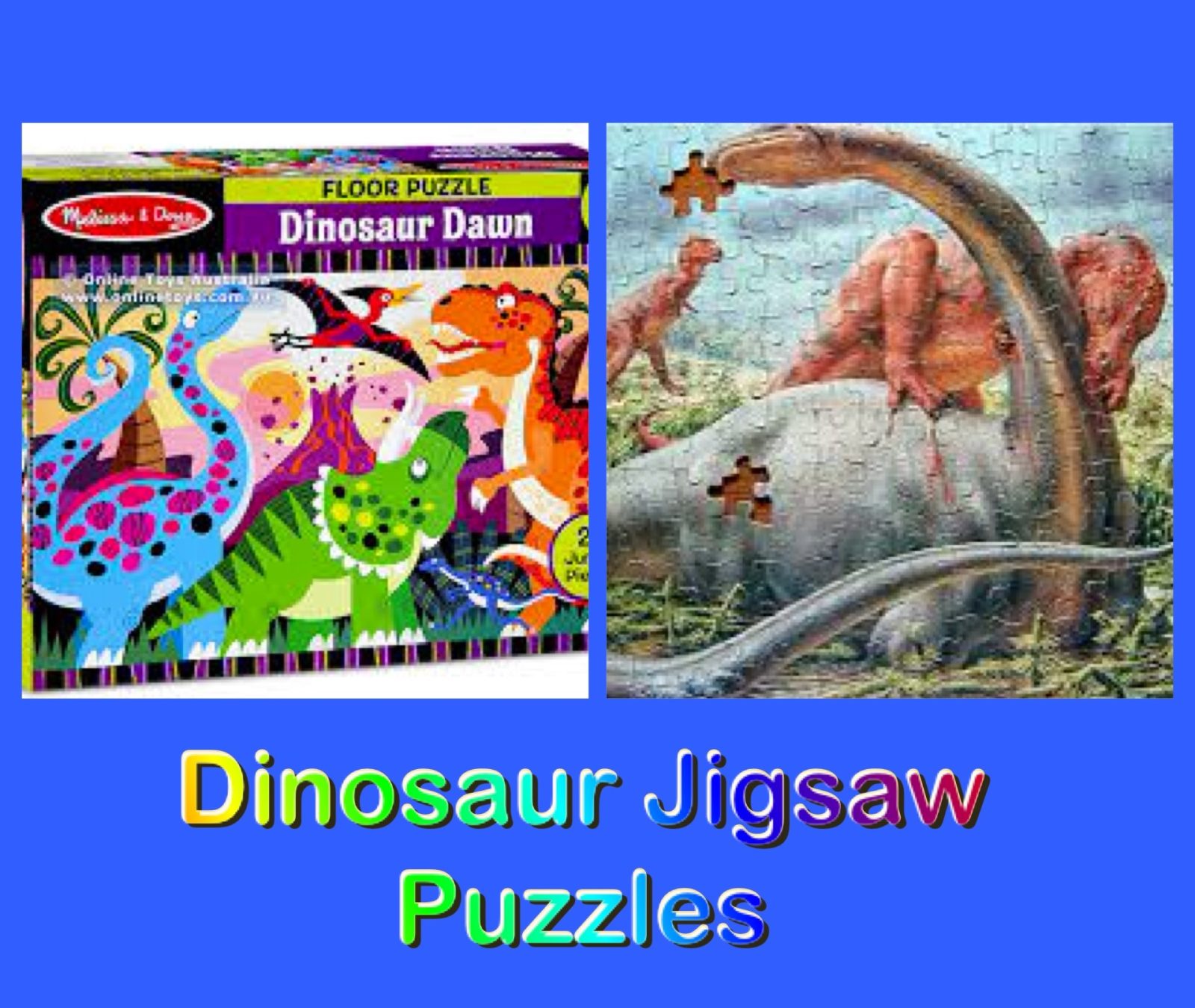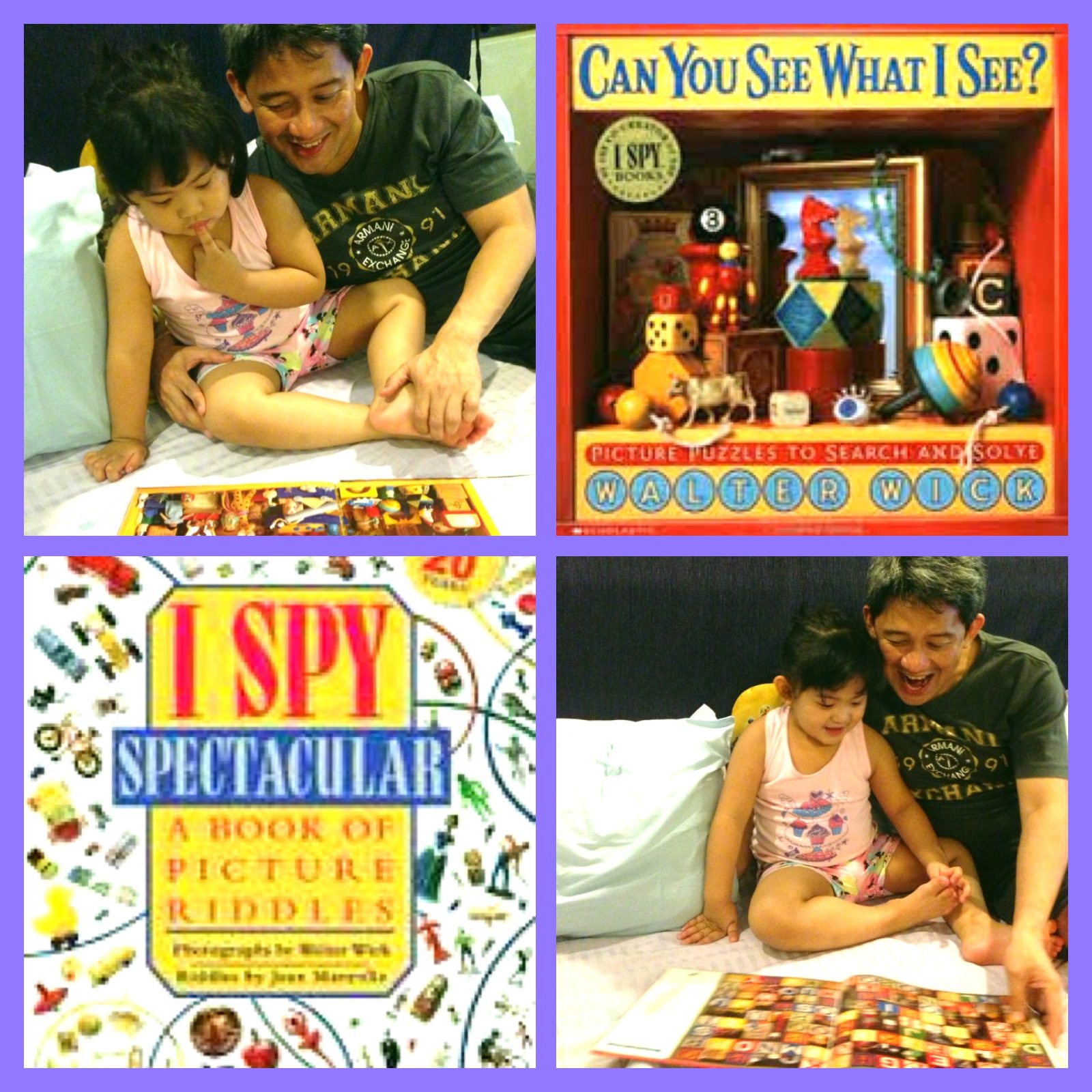There was a time when my boy M could not sit still. At two, sharing a meal was impossible and hearing mass together unthinkable. He would always be distracted and seemed to have too much energy. I would look at other kids his age as they sat inside restaurants and I would observe toddlers staying put in the pews inside the church. Why couldn’t my boy do that?
Trips to different developmental pediatricians revealed very little. “Don’t worry Mommy. There’s nothing wrong with M. He’s perfectly ok. “ I was told many times over. One doctor did say , “Remember a child’s brain is like a sponge. You have to feed him with as many interesting information as he is able to absorb. “

So I bought “Brainy Baby” books and introduced him to colors and shapes. But reading only took a few minutes and he would be distracted again. Then during a week-long trip to Singapore, I saw a puzzle of opposites at Toys R Us in Paragon Plaza. I bought it, took it back to the hotel and in just two days my son M learned twenty eight pairs of opposites! I was amazed at what the puzzle was able to do. It made M sit for twenty minutes – focused and attentive.
When we got back to Manila, I bought some more puzzles. I started M on 16 pc puzzles, then 24, then 50 – until he could sit down for hours to finish 100 pc puzzle challengers. In the beginning, we pieced the puzzles together and then he enjoyed doing it just by himself.
I read that solving jigsaw puzzles uses both the left brain and the right brain. The left side is analytical, logical and rational. It is stimulated by problem solving. The right side is creative and sees the big picture. Using both sides allows a person to remember color, shape, size and increases short term memory. More importantly, when a child is successful in completing a puzzle, his body produces dopamine which regulates mood, concentration and motivation.
Soon after, I discovered ISpy and Can You See What I See? books (by Walt Wick) at BookSale, a second-hand bookstore. The books were full of picture riddles that delighted us all! “M, where’s the yellow fish? What about the boy with an ice cream cone?” At first he just pointed to the correct objects and then he started saying the words. I felt like I won the lottery! M was almost three years old when he found his voice.


I never thought that I would be so challenged as a Mom in my first years of parenthood. I thought babies crawled, sat and spoke naturally. But that wasn’t the case with my firstborn. His brain needed complicated problems in order for him to learn simple tasks like sitting and speaking.
Looking at my smart ten year old son now, nobody can guess the struggles he had to face as a child. But that’s the beauty of it all —M is living proof of the silver lining behind the dark clouds. 🙂


18 comments
Thanks BQP for sharing these tips for the kids. 🙂 I will surely try it 🙂
Start with puzzles with big pieces, ok? Tell me how it goes! 🙂
I will surely try this with Hale. I see him at 1yr and 4 months already enjoying his colorful books. Like your post BQP.
Glad that the little one likes books! Keep up the good work, Mommy! 🙂
Interesting story
I hope more people will get to read this .:)
I now know what to give my niece for her birthday! 🙂 #puzzles 🙂 Thanks for posting!
Welcome MABIE! 🙂
Next stop are those architectural puzzles. My 16 years old daughter Nina loves it! Happy to read M’s story & how he is able to overcome life’s challenges w/ loving, supportive parents in tow. Ftw! ✅
Good job , Paulyne! Many parents think that an electronic gadget would suffice. Well, lo and behold, old-fashioned puzzles still tickle the young minds! Puzzles help our children develop logical thinking and problem-solving skills. Puzzles also teach our kids patience and the art of losing gracefully. Grateful to Her Majesty, the Busy Queen P! (“,)
My children are living proof of the power of puzzles. I hope more parents will discover the many benefits this inexpensive toy/learning tool provides. Thanks for the comment Monica!
Same technique my mom used on me to keep me quiet and preoccupied 🙂
I may not have kids to use this but I’ve nephews and nieces in which I can apply this technique. This is very helpful for children to develop their logical thinking. I do believe in this more than what gadgets can do.
During our younger days technology is not what we have now but I love puzzle. I remember my parents bought me some pieces of it as pasalubong or present during my special day. My father was the one who helped me to solve it 🙂 It’s also one of our bonding moments. Nice memories to cherish 🙂
Another inspiring post, BQP ! 🙂
Great! the little girl is solving puzzles already!
Very, very interesting BQP! 🙂
This is very nice BQP. I hope kids nowadays will go back to reading instead of always playing with their ipads.
Nice blog Bqp. I will give puzzles to my grand kids. I hope they will have fun too like your kiddo. 🙂 hihi